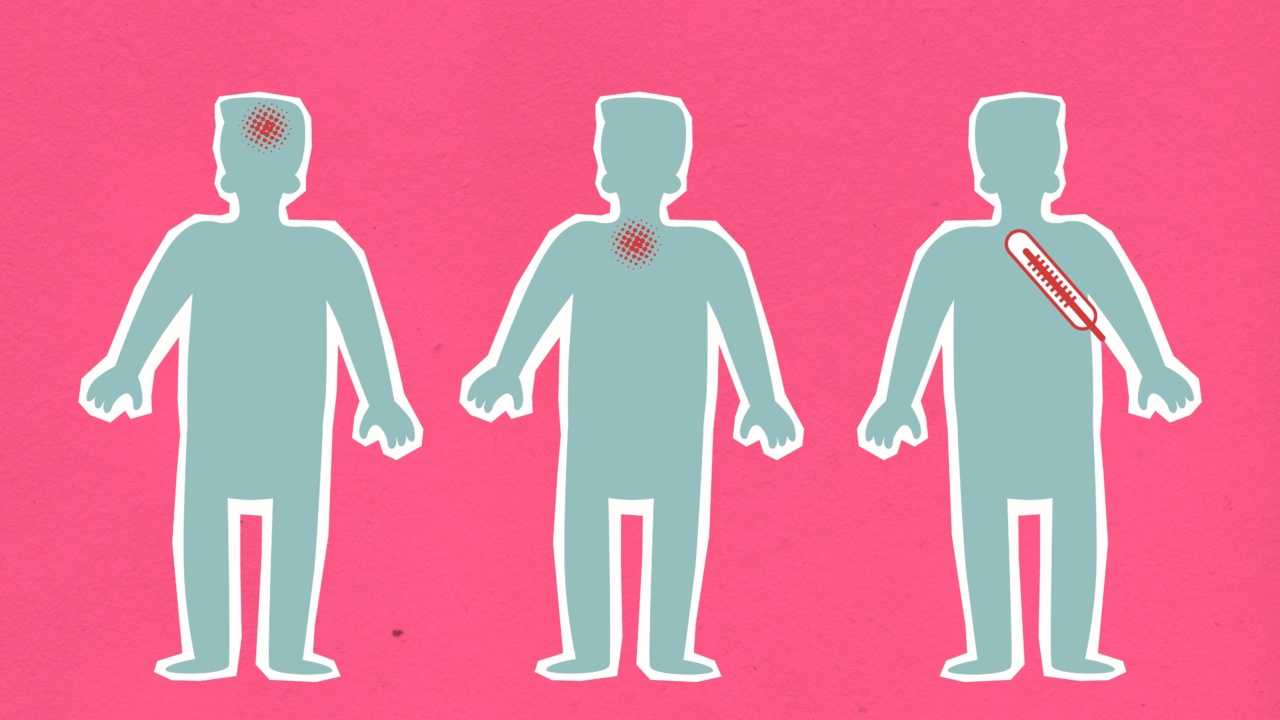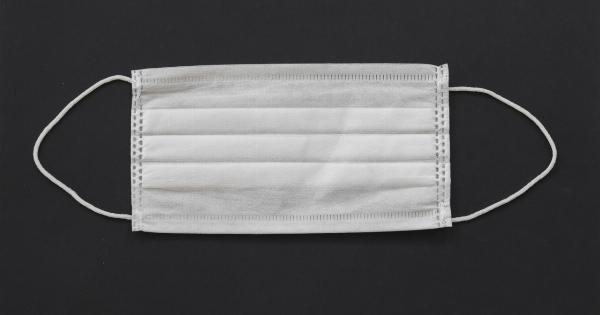When you’re a dedicated athlete or fitness enthusiast, it’s common to want to continue training even when you’re not feeling your best.
But when you have a sore throat and cough, it can be tough to know whether it’s safe to push through or if you’re better off taking a break. Here’s what you need to know about training with a sore throat and cough.
What Is a Sore Throat and Cough?
A sore throat is a common symptom that can be caused by a variety of factors, including viral or bacterial infections, allergies, dry air, and even acid reflux.
Coughing is also a common symptom that can be caused by many factors and is often associated with a sore throat. Both of these symptoms can be mild or severe, depending on the cause and severity of the underlying condition.
Is It Safe to Train with a Sore Throat and Cough?
The answer to this question depends on the severity of your symptoms and the type of training you plan to do.
If you have a mild sore throat and cough and feel otherwise well, it’s likely safe to continue your training as long as you take certain precautions.
However, if your symptoms are severe or if you feel fatigued or weak, it’s best to skip your training session and focus on rest and recovery.
Pushing yourself too hard when you’re not feeling well can actually make your symptoms worse and prolong your recovery time.
Additionally, if you have a contagious illness like the flu or a cold, it’s important to avoid training in a public gym or group setting to prevent spreading the illness to others.
Tips for Training with a Sore Throat and Cough
If you do decide to continue training with a sore throat and cough, there are several steps you can take to reduce your risk of making your symptoms worse.
Stay Hydrated
Drinking plenty of fluids is important when you’re sick, as it helps to keep your body hydrated and flush out any toxins.
Aim to drink at least eight glasses of water per day, and consider adding in extra fluids like herbal tea and electrolyte drinks to help support your body’s immune system.
Reduce the Intensity of Your Training
When you’re not feeling your best, it’s important to listen to your body and adjust your workout accordingly. If you usually do high-intensity workouts, consider scaling back and doing lower-intensity exercise or yoga instead.
This can help to reduce stress on your body while still allowing you to stay active.
Avoid Overexertion
Overexertion can worsen symptoms like sore throat and cough and may also increase your risk of getting other illnesses like pneumonia. Avoid pushing yourself too hard during your workouts, and take breaks as needed to rest and recover.
Avoid Training in Cold Weather
Cold air can exacerbate symptoms like sore throat and cough, so it’s best to avoid training outside in cold weather when you’re not feeling well.
Instead, opt for indoor workouts or wait until the weather warms up to resume your outdoor training.
Wash Your Hands Frequently
If you plan to train in a public gym or group setting, make sure to wash your hands frequently and avoid touching your face to reduce your risk of spreading germs.
The Bottom Line
Ultimately, the decision to train with a sore throat and cough should be based on your own individual circumstances.
If your symptoms are mild and you feel up to it, it’s likely safe to continue training while taking certain precautions to reduce your risk of worsening your symptoms or spreading illness to others. However, if your symptoms are severe or you feel weak or fatigued, it’s best to take a break from training and focus on rest and recovery.




























